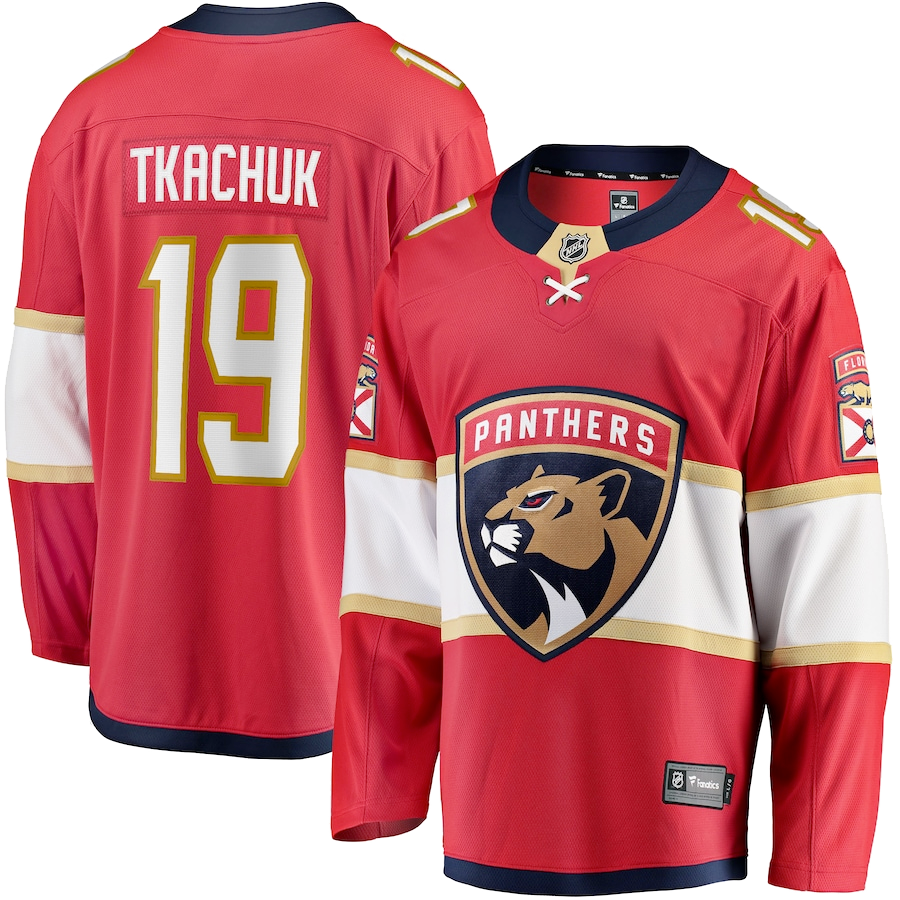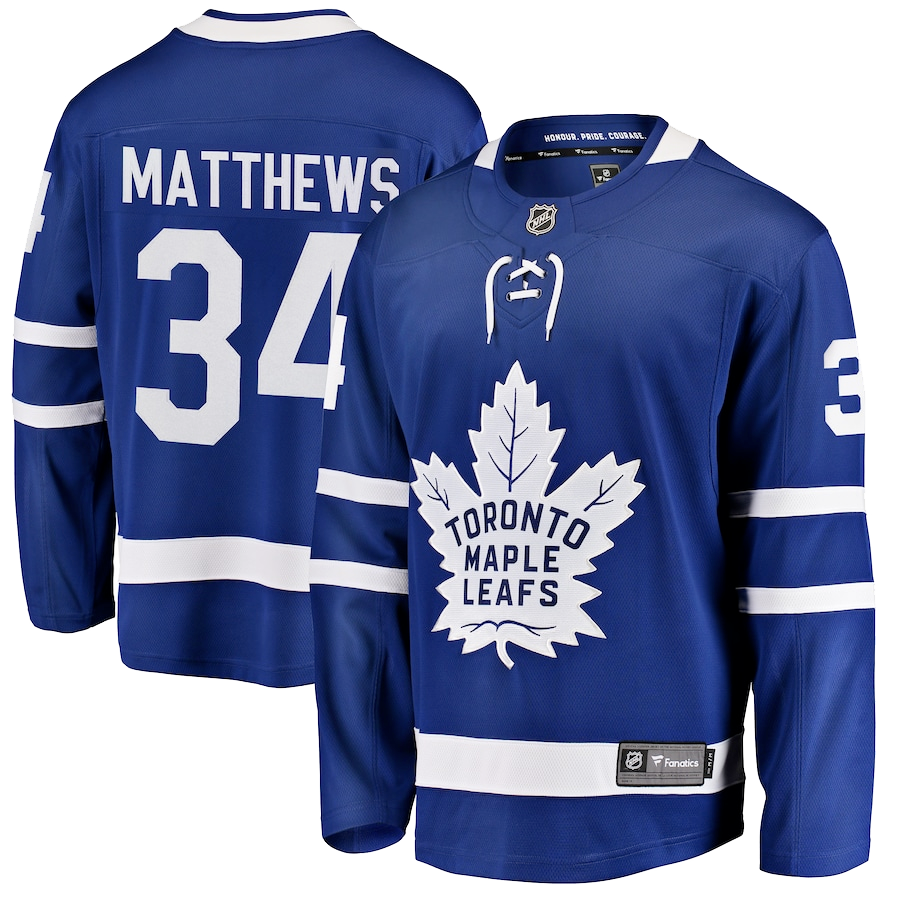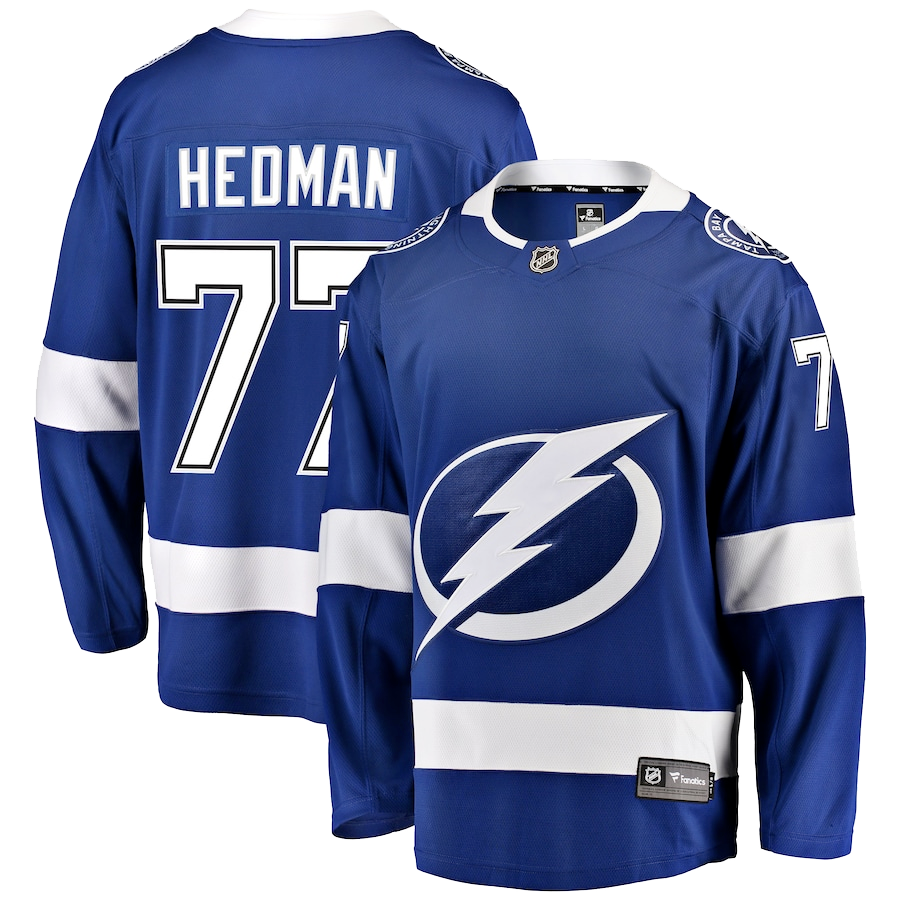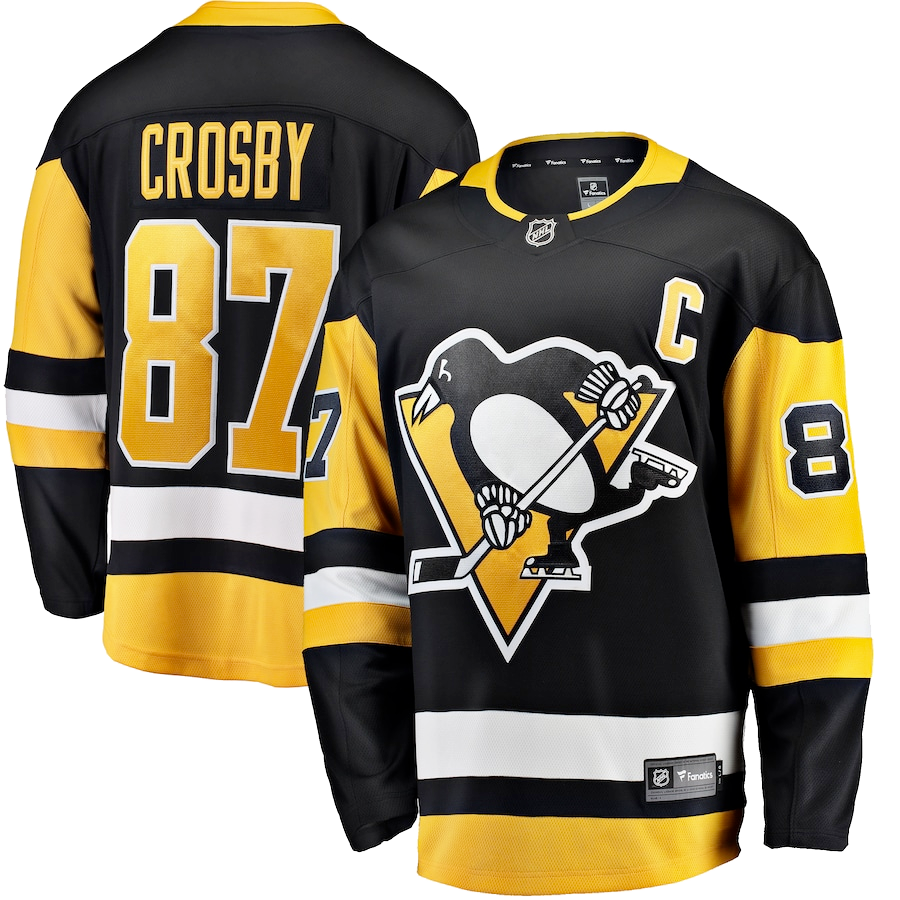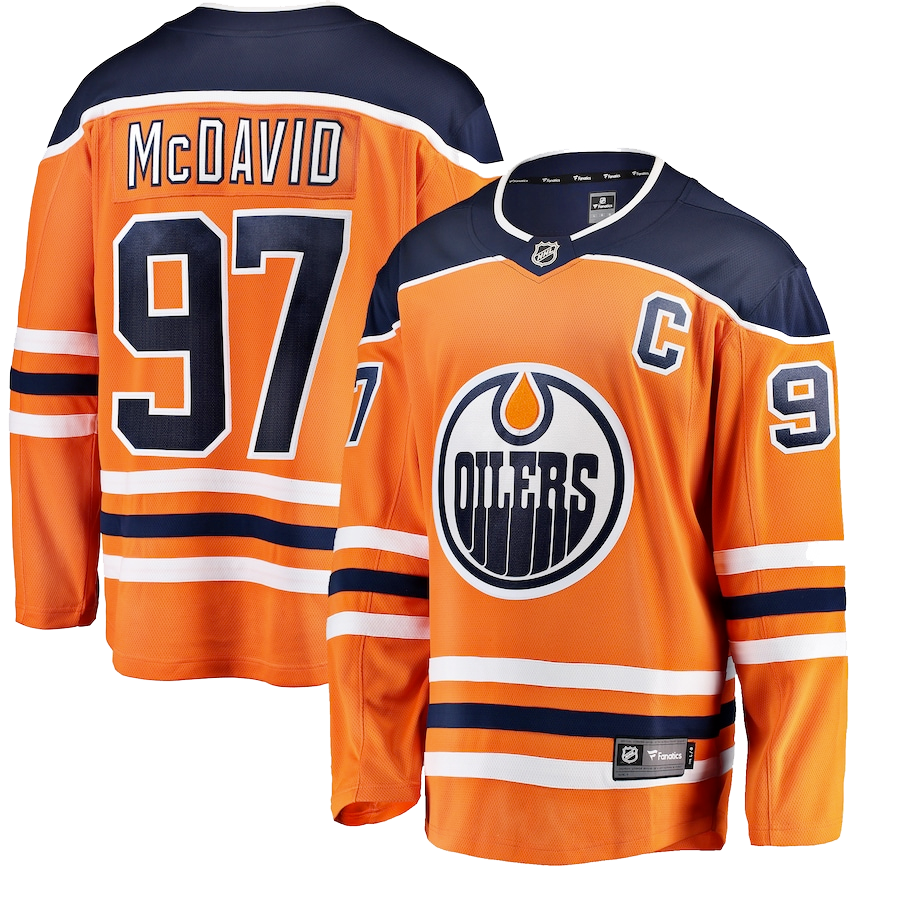Since their inception in 1926, 88 men have tended goal for the New York Rangers. Some went on to become Franchise Goaltenders like Davey Kerr, Chuck Rayner, Gump Worsley, Ed Giacomin, John Davidson, John Vanbiesbrouck, Mike Richter and Henrik Lundqvist, who were each uniquely identified with the Rangers and set the bar for those who would follow.
Others were known as good, solid, reliable goaltenders who became well known household names, like Gilles Villemure, Eddie Mio, Bob Froese, Marcel Paille and Steve Baker.
But thirteen of these goaltenders were one-game-wonders who were usually called upon in an emergency to replace the injured Rangers starter. Some of these goalies went on to greater fame and fortune elsewhere, while others had their brief cup of coffee in the NHL and were never heard from again.
The first and most famous of these One-Game-Wonders was Rangers patriarch Lester Patrick.
On April 7th 1928, The Blueshirts, who had previously eliminated the Pittsburgh Pirates and Boston Bruins in the first two rounds of the playoffs, were playing the second game of the Stanley Cup Finals against the Montreal Maroons. Early in the second period of a scoreless game Ranger goaltender Lorne Chabot was struck in the left eye by a shot from the stick of Nels Stewart forcing him to leave the game.
Patrick, the Rangers coach and general manager now found himself without a goaltender since, either due to lack of foresight or in an effort to save a little money, he had decided not bring along a spare netminder, even though all of the games would be played in Montreal due to the circus taking over Madison Square Garden. Patrick asked Montreal Coach and GM Eddie Gerard for permission to use Alex Connell of the Ottawa Senators or minor leaguer Hugh McCormick who were both spectators at the game. Gerard refused and Patrick was given ten minutes to produce a goaltender or the Rangers would have to forfeit the match.
With few viable alternatives, Frank Boucher and Bill Cook suggested that Lester himself strap on the pads, promising that the team would block as many shots as possible and keep the Maroons’ skaters away from Lester’s net. After giving it some thought, “The Silver Fox” agreed and the rest is history.
At 44 years of age, Patrick was 13 years older than his captain Bill Cook and nine years the senior of Montreal goaltender Clint Benedict. But he had suited up for one game as a defenseman the previous season and this would not be Patrick’s first experience between the pipes. Years earlier as a defenseman in the Pacific Coast Hockey Association, he had occasionally gone into the net when his team’s goaltender was penalized. On one occasion, he had blocked a shot and proceeded to skate the length of the ice to score.
When the game resumed the Rangers checked frantically in front of their coach. The Maroons managed to get a few shots off but they were blocked by Patrick and the period ended with the game still tied at 0-0.
Bill Cook scored thirty seconds into the third period to give the Rangers the lead which they held on to until Nels Stewart scored to tie the score with 5:40 left in the period.
The game went into sudden death overtime and the Maroons were sure that the old man in the net would fold. But Patrick held on, stopping an early surge by the Maroons. The momentum of the play changed quickly and soon Frank Boucher grabbed a loose puck, stickhandled past the Montreal defense and beat Benedict with a hard, low shot for the game winner.
Patrick was lucky. He turned out to be a hero when it could have very easily gone the other way. But knowing that he couldn’t pull off another miracle, the next day he asked for and received permission to use Joe Miller of the New York Americans. Miller turned in an outstanding performance in the remaining three games of the series and the Rangers won their first Stanley Cup on April 14th.
Percy Jackson was acquired at the beginning of the 1934-35 season as a replacement for Andy Aitkenhead, who had been the Rangers’ netminder for the previous two seasons, leading them to the 1933 Stanley Cup. Unfortunately however, in his third season Aitkenhead succumbed to the pressures of the position and Patrick lost confidence in him.
Percy began his hockey career with the Trail Smoke Eaters in 1927-28 and then played the next three seasons with the Vancouver Lions, where he led the PCHL in wins twice as well as shutouts and goals against average.
Jackson made his NHL debut with the Boston Bruins in 1931-32, going 1-1-1. Two years later on March 18, 1934 the Bruins loaned him to the New York Americans to replace the injured Roy Worters in the final game of the season. Jackson surrendered nine goals to the Bruins that night as the Americans lost 9-5.
He was traded to the Rangers for defenseman Jean Pusie before the start of the 1934-35 season and played his first and only game for the Blueshirts on November 15, 1934, in an 8-2 loss to Detroit. His rights were quickly sold back to the Bruins three days later. He made one more appearance with Boston and spent the rest of his career in the minor leagues.
Lionel Bouvrette was one of four goaltenders to play for the Rangers during the 1942-43 season when their lineup was decimated by the war effort. He was preceded by Steve Buzinski, Jimmy Franks and Bill Beveridge who was on loan from the Cleveland Barons of the American Hockey League. But as the season wound down the Barons wanted Beveridge back for their playoff run, leaving the Blueshirts without a goaltender for the final game of the season against the Montreal Canadiens. The Rangers at that point were firmly ensconced in last place in the league standings, but Montreal needed to win the game to jump past Chicago for the final playoff spot.
So the Canadiens conveniently arranged to loan the 30-year old Bouvrette, who was playing for the Quebec Aces of the Quebec Senior League to the Rangers for the final game. The Canadiens then pumped six goals past their overmatched farmhand, winning the contest 6-0 and beating out the Black Hawks for fourth place by a single point.
The game was Bouvrette’s only NHL appearance. He returned to the Quebec Aces and retired after the 1947 season.
In the days before teams were required to dress two netminders, it was customary for the home team to have an emergency goaltender on hand in case either team’s netminder was injured and could not continue. These next five One-Game-Wonders fall into that category.
During his long 16-year NHL career, Harry “Apple Cheeks” Lumley won a Stanley Cup, a Vezina Trophy, appeared in three All-Star games and was eventually inducted into the Hockey Hall of Fame. But on December 23, 1943 he became the youngest goaltender in Rangers history when at the age of seventeen he was called upon to replace the injured Ken McAuley in Detroit.
McAuley had been struck in the jaw by a shot and was unable to play the third period. Lumley who had already made his Red Wing debut earlier that season, giving up 13 goals in two games was seated in the stands and loaned to the Rangers on an emergency basis. The youngster shut out the Red Wings for the final 20 minutes of a 5-3 loss.
Lumley went on to become one of the NHL’s best goaltenders over a 16-year Hall of Fame career with Detroit, Chicago, Toronto and Boston. He beat the Rangers in a tough seven game series to win the Stanley Cup in 1950 and was given the Vezina Trophy in 1953. He also led the league in wins, games played and goals-against average numerous times and was a perennial all-star.
Bob DeCourcy was a 20-year old back-up netminder for the EHL’s New York Rovers when he was called into service as an emergency goaltender on the night of November 12, 1947 as the Rangers hosted the Boston Bruins.
Mid-way through the second period with the Bruins leading 2-1 Ranger goaltender Chuck Rayner was struck under the right eye by a shot from Boston’s Jack Crawford. The shot knocked Rayner out and six players were needed to carry him to the dressing room where Dr. Vincent Nardiello stitched the big goalie up but would not allow him to return to the game. In the meantime, DeCourcy had made his way down to the Rangers locker room and got ready to take Rayner’s place in the net.
The Rangers protected their young netminder well and neither team scored for the remainder of the second period. However the Blueshirts opened their game up in the third period and Boston’s Milt Schmidt scored at the 2:04 mark. Buddy O’Connor put a shot past the Bruins Frankie Brimsek to bring the Rangers back within a goal. But sensing DeCourcy’s inexperience, the Bruins pressured the Ranger defense and shot the puck from every angle, putting four goals past the rookie in a five-minute span making it an 8-2 rout for the Bruins.
The game marked DeCourcy’s only NHL appearance. Overall in 29 minutes of play the young netminder surrendered six goals for a 12.41 GAA, the highest of any Ranger goaltender. DeCourcy returned to the Rovers for the remainder of that season. He then spent three years in the USHL before playing senior hockey with St. Michaels and retiring at the end of the 1950-51 season.
Julian Klymkiw was the first of two Detroit Red Wing assistant trainers / practice goaltenders that were called upon to replace an injured Gump Worsley during a game in the Detroit Olympia.
Klymkiw, a native of Winnipeg, Manitoba, played with the Brandon Wheat Kings of the MJHL and led the league with 23 wins and an impressive 3.36 GAA in 1953. In 1953-54 he played 57 games for three different IHL teams then returned to Brandon for a year of senior hockey.
While playing for the WHL’s Winnipeg Warriors in the late 1950’s Klymkiw took on the additional role of trainer and eventually got a job with the Red Wings as their practice goaltender and assistant trainer.
The 25-year old Klymkiw replaced Worsley on October 12, 1958. Gump had been tripped and crashed into the net pulling a tendon in his left leg early in the third period with the Wings leading 1-0. Klymkiw played the remaining 19 minutes and surrendered two goals as the Blueshirts lost 3-0.
Klymkiw’s brief experience with the Rangers was his only NHL appearance and he finished his career with a 6.32 GAA.
Danny Olesevich was a 24-year old assistant trainer / practice goaltender for the Detroit Red Wings when he was called into service for the Rangers after Gump Worsley was injured. Olesevich was the second Red Wing assistant trainer to replace Worsley as Julian Klymkiw filled the same role three years earlier.
Olesevich had previously played with the Hamilton Tiger Cubs of the OHA for four seasons. He also spent a season in the Eastern Hockey League playing for the Charlotte Checkers and Johnstown Jets and later saw action with the Windsor Bulldogs of the NOHA. However Olesevich realized that he would never be more than a backup so when the Red Wings offered him a job as trainer/practice goalie in the summer of 1959 he jumped at the chance.
Worsley’s injury occurred on the night of October 21, 1961 in Detroit when he was struck in the forehead by a shot by the Red Wings’ Ed Litzenberger. Gumper fell backwards, smacking his head on the ice and was knocked unconscious. He was carried off the ice on a stretcher and taken to Detroit’s Osteopathic Hospital where doctor’s said that he had suffered a severe concussion.
When play resumed Gordie Howe and Allan Johnson scored two late second period goals on Olesevich to put the Wings up 4-3. However Jean Guy Gendron scored early in the third and Olesevich and the Blueshirts held on for a 4-4 tie.
In total, Danny Olesevich played 29 minutes for the Blueshirts that night, made 17 saves and finished with a 4.14 GAA. It was Danny’s only NHL appearance and he retired from Pro Hockey in 1962.
Dave Dryden’s long professional career began on February 3rd, 1962 when as a 21-year old he was loaned to the Rangers to replace the injured Gump Worsley in Toronto. Dryden was in his first season with the Toronto Marlboros of the Ontario Hockey Association when summoned from the stands as an emergency replacement for Worsley who had injured his elbow while falling to the ice, making a save on a shot by Davey Keon 27 seconds into the second period. Dryden made 24 saves in his NHL debut but allowed three goals as the Rangers lost 4-1 to the Maple Leafs.
Dave, the older brother of Ken Dryden, signed with Chicago in 1965 and played 11 games for the Black Hawks that season. He then spent the next few seasons bouncing around the Chicago organization. In 1969 he was suspended for refusing a demotion to the minors and subsequently traded to Pittsburgh for cash. The Penguins turned around and sent him to Buffalo, where he played for four seasons.
The most memorable moment of Dave Dryden’s career came on the evening of March 20, 1971 when he and his brother Ken faced each other for the first time. But the matchup almost didn’t happen. Buffalo coach Punch Imlach had announced that Dave Dryden would be his starting goaltender, assuming that brother Ken would be in net for Montreal. The Canadiens however started Rogie Vachon so Imlach pulled Dryden and played Joe Daley instead. Fate intervened in the second period when Vachon was injured and had to be replaced by Ken Dryden. This prompted Imlach to switch back to Dave Dryden. Following the 5-2 Montreal victory, the two brothers met and embraced at center ice.
In 1974 Dave Dryden jumped to the Chicago Cougars of the WHA and was later traded to the Edmonton Oilers where he finished his career in 1980 when the Oilers became part of the NHL.
Jamie Ram was selected by Neil Smith in the 10th round (213th overall) of the 1991 Amateur Draft after only one year at Michigan Tech. He played three more seasons with the Huskies, earning first All-Star team honors in his senior year.
He was assigned to the Binghamton Rangers in 1994-95 and brought up on February 3, 1996 to back up Glenn Healy in a game against the Avalanche in Colorado. The Rangers were having a bad night however and Coach Colin Campbell pulled Healy at the 13:55 mark of the second period after surrendering seven goals. The 25-year old Ram played the rest of the game and did not allow a goal.
He was returned to Binghamton shortly thereafter and did not play in the NHL again.
Ram became a free agent in 1997 and signed with the San Jose Sharks and moved to the Anaheim Mighty Ducks the next season.
Ram also played in Japan, Finland, Sweden and Russia and retired at the end of the 2003-04 season.
Jean-Francois Labbe came up through the QMJHL and was awarded the Jacques Plante Trophy as the league’s best goaltender in 1992. He turned pro the following season with the Thunder Bay Senators of the Colonial Hockey League, where he gained Rookie of the Year, Goaltender of the Year and Playoff MVP honors.
He then signed as a free agent with Ottawa in 1994 but was never given a shot by the Senators and was traded to the Colorado Avalanche in 1995.
He played for the Cornwall Aces in 1995-96 and then the Hershey Bears when the Avalanche changed their minor league affiliation. Labbe won 34 games with the Bears in 1996-97, posted a 2.52 GAA and played a league-record 23 playoff games that spring leading Hershey to the Calder Cup Championship. Labbe earned a First Team All-Star berth as well as the Les Cunningham (League’s Most Valuable Player), ‘Baz’ Bastien Memorial (Most Valuable Goaltender) and Harry “Hap” Holmes Memorial (Best Goals Against Average) Awards for his efforts. But with Patrick Roy blocking his path he had little chance of making a name for himself with the Avalanche.
The next season Labbe signed as a free agent with the Edmonton Oilers but once again had NHL veterans Bob Essensa and Curtis Joseph in front of him on the depth chart and spent the season with the AHL’s Hamilton Bulldogs. That summer he was on the move again, this time signing a free agent contract with the Rangers.
Labbe spent two seasons with the Hartford Wolfpack and scored a goal into an empty net against the Quebec Citadelles during a game on February 5, 2000. He was recalled to be a backup three times during the season and finally made his NHL debut on April 5th, stopping 19 of 22 shots in a 3-0 loss to Montreal.
Labbe then returned to Hartford where he led the Wolfpack to the Calder Cup Championship.
The next season Labbe was traded to Columbus in exchange for Bert Robertsson on Nov. 9, 2000. He played 14 games over two seasons with Columbus and eventually moved to Europe where he played for teams in Russia and Germany before finishing his career with Sherbrooke of the North American Hockey League in 2011.
Chris Holt was the Rangers sixth round pick (180th overall) in the 2003 Entry Draft. After finishing his collegiate career with the University of Nebraska-Omaha Mavericks, Chris began the 2005-06 season with the Hartford Wolfpack of the AHL. He was recalled in December to back up Henrik Lundqvist when Kevin Weeks was injured. The 21-year old Holt was called upon to relieve Lundqvist for 10 minutes in a game against Washington on December 3, 2006. He did not give up a goal.
He was returned to Hartford and after two seasons of bouncing between the Wolfpack and the Charlotte Checkers of the ECHL signed a free agent contract with the St. Louis Blues. He saw 19 minutes of action with the Blues in 2008-2009 and once again did not surrender a goal. He was again returned to the minor leagues and signed with Riga (KHL) in 2010.
Matt Zaba played for four seasons at Colorado College of the WCHA and was selected by the Kings in the eighth round (231st overall) of the 2003 NHL Entry draft. He spent his first pro season playing for Charlotte of the ECHL before signing with the Rangers as a free agent in August 2007.
Zaba made his only appearance for the Rangers on January 23, 2010 when he relieved Henrik Lundqvist for thirty-four minutes in a 6-0 loss in Montreal. He gave up two goals and finished his Ranger career with a 3.54 GAA.
Zaba left the Rangers organization that summer and finished his career in Europe.
Brandon Halverson was the Rangers second round selection (59th overall) in the 2014 Entry Draft. He had three outstanding seasons (2013 – 2016) with the Sault Ste. Marie Greyhounds of the OHL, becoming the first draft pick in franchise history to earn at least 40 wins in one season of junior hockey.
He then split most of the next two seasons between the Hartford Wolfpack of the AHL and the Greenville Swamp Rabbits, their ECHL affiliate as well as playing on two U.S. National Junior teams.
Halverson made his Ranger debut on February 17, 2018, allowing one goal in 13 minutes of play in a 6-3 loss in Ottawa. Halverson is still in the Rangers organization.
_________________________
The thirteen men above combined for a total of 7.23 games and surrendered 33 goals for a goals-against-average of 4.54, not bad considering the circumstances that some of them were thrown into.
But whether they were experiencing the thrill of playing in an NHL game for the first, last or only time in their careers, they did their best and should be respected for that.
For some it was the beginning of a long career. For others it was a thrill of a lifetime. Either way it was one game they’ll never forget.



